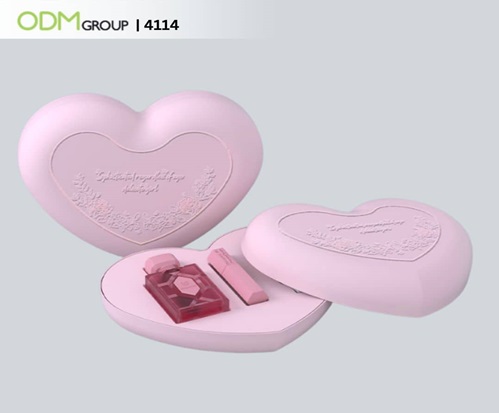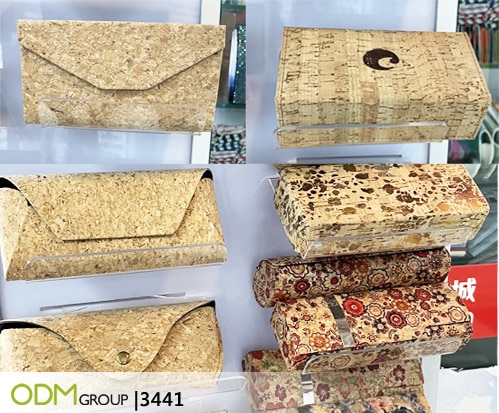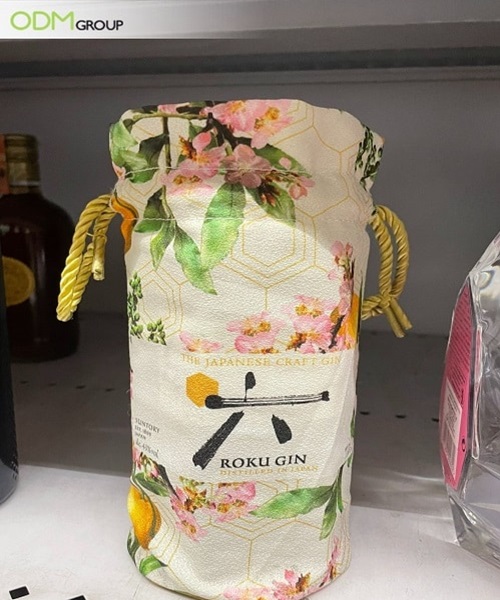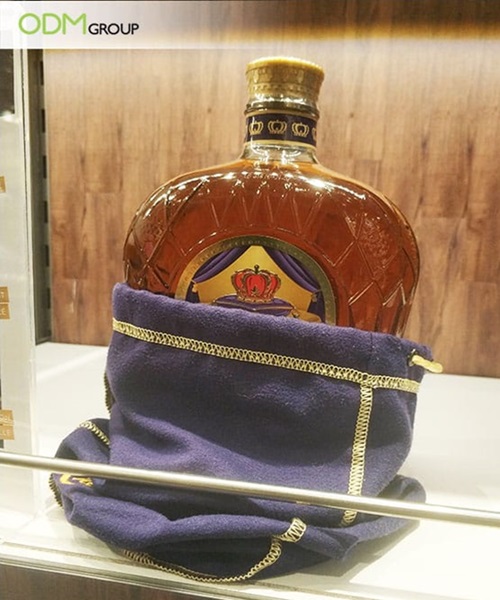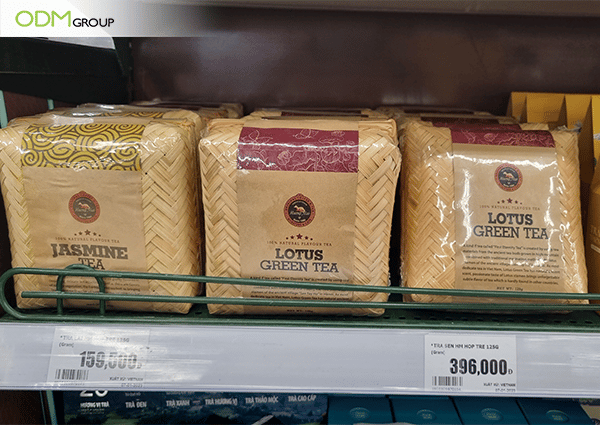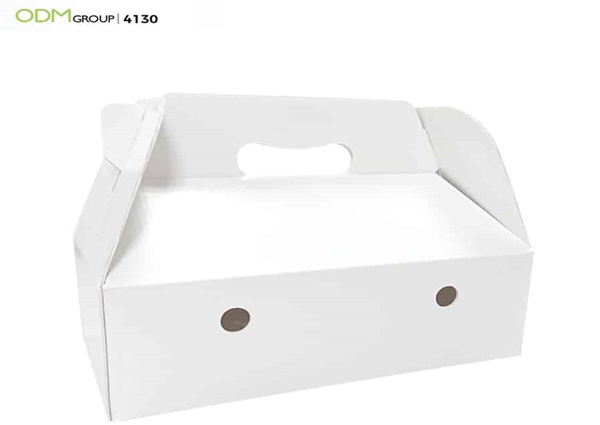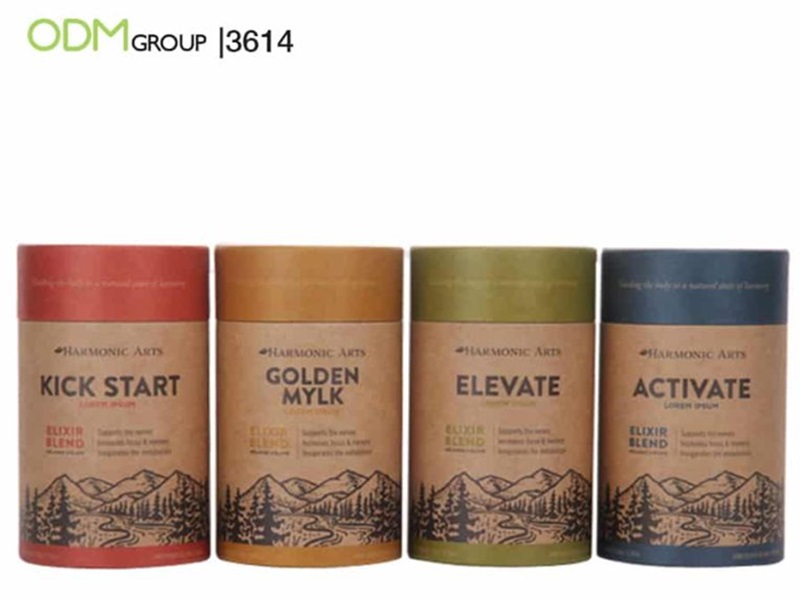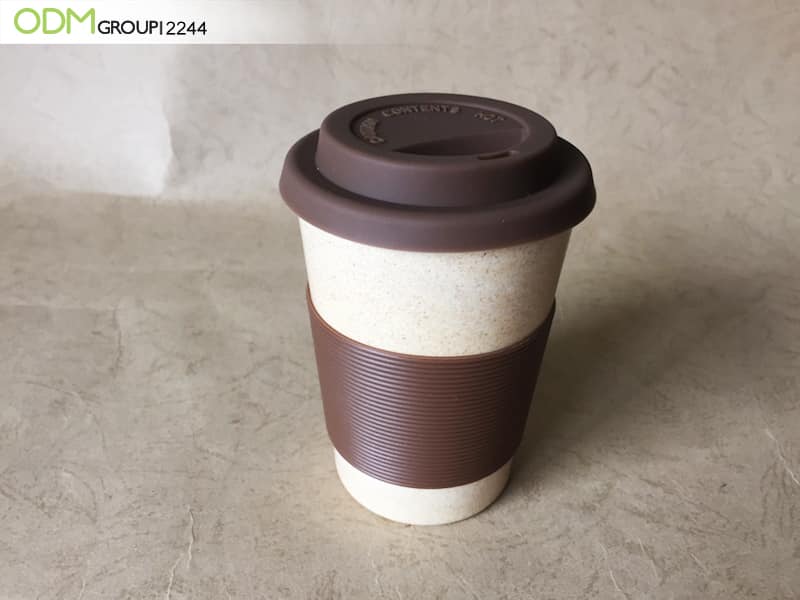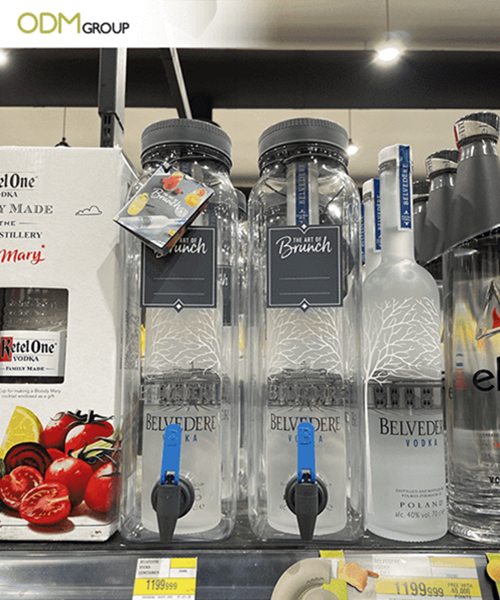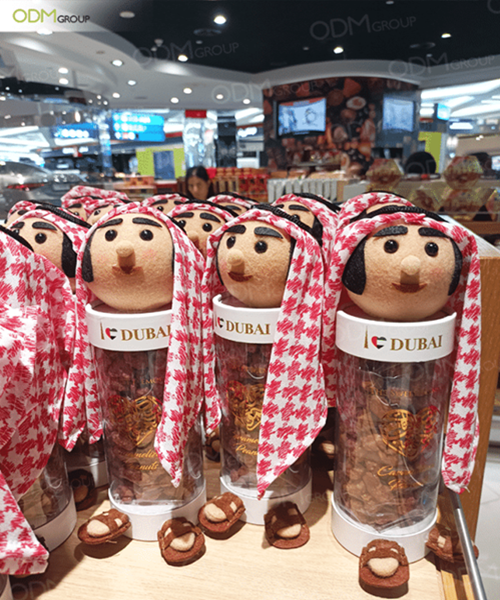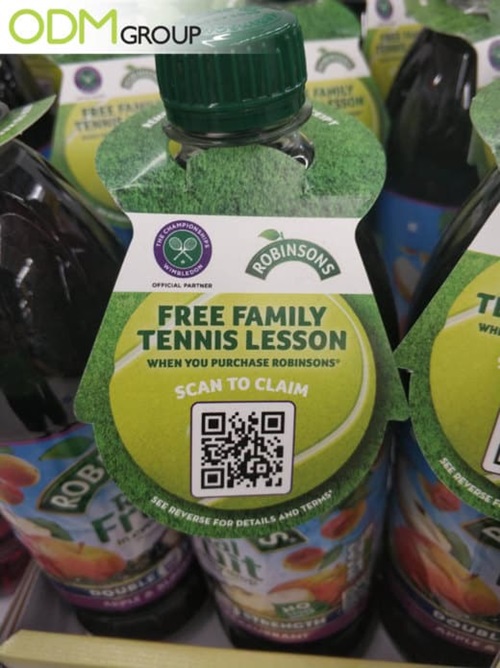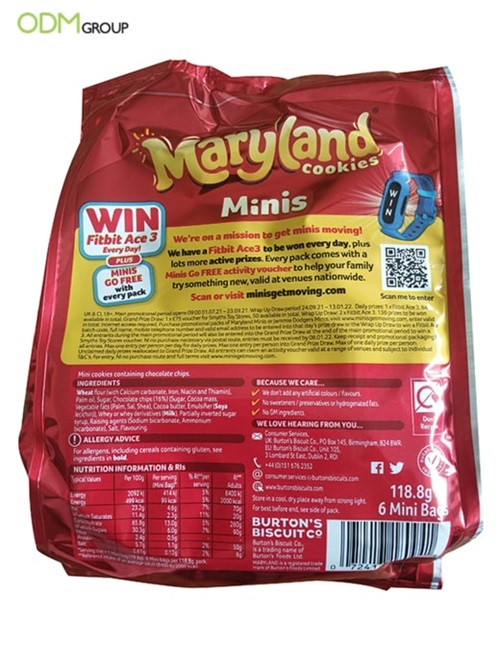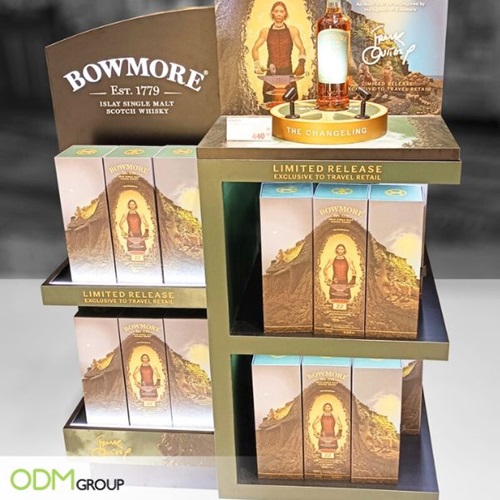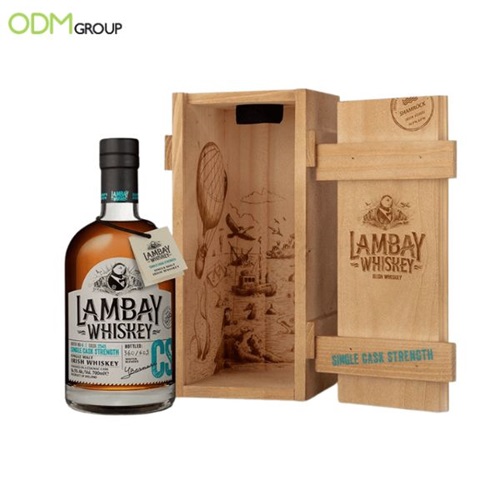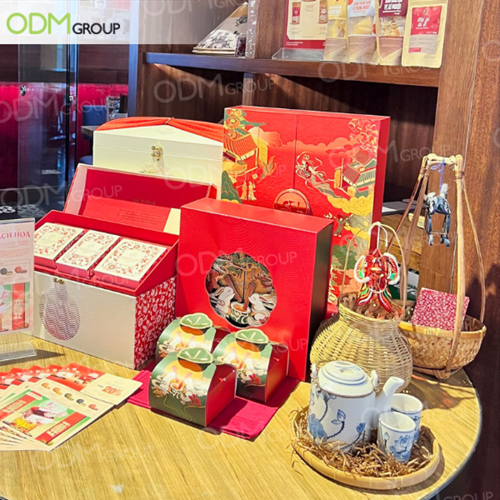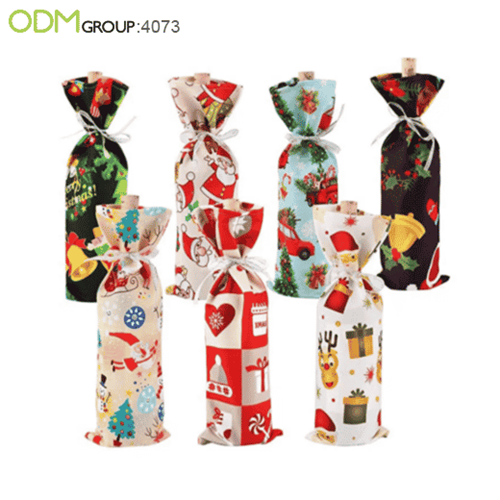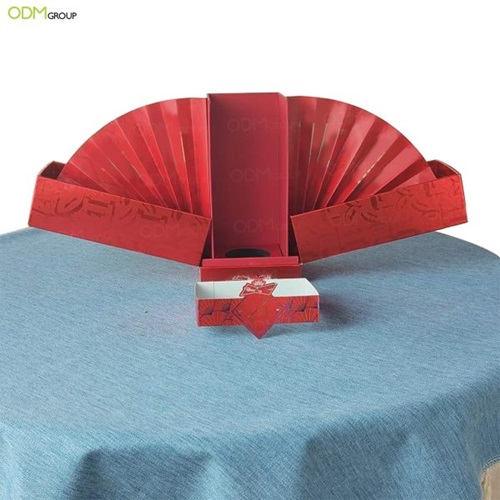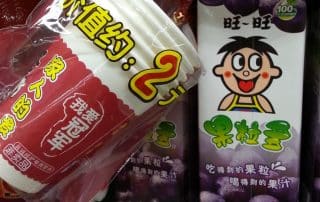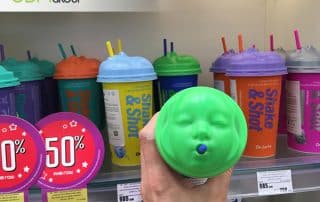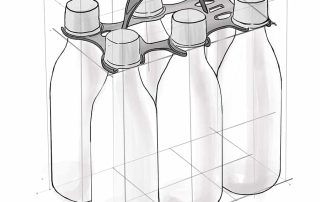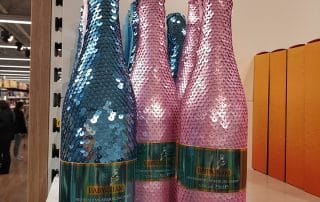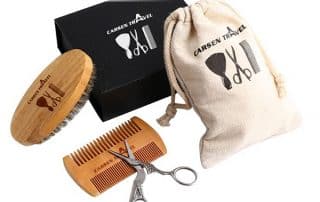In a world where first impressions can make or break a deal, your product’s packaging is more important than ever. Especially for small businesses, innovative and cost-effective packaging solutions can be the difference between blending in and standing out.
With the right strategy, your product’s packaging can tell a story, evoke emotions, and create a memorable customer experience without breaking the bank.
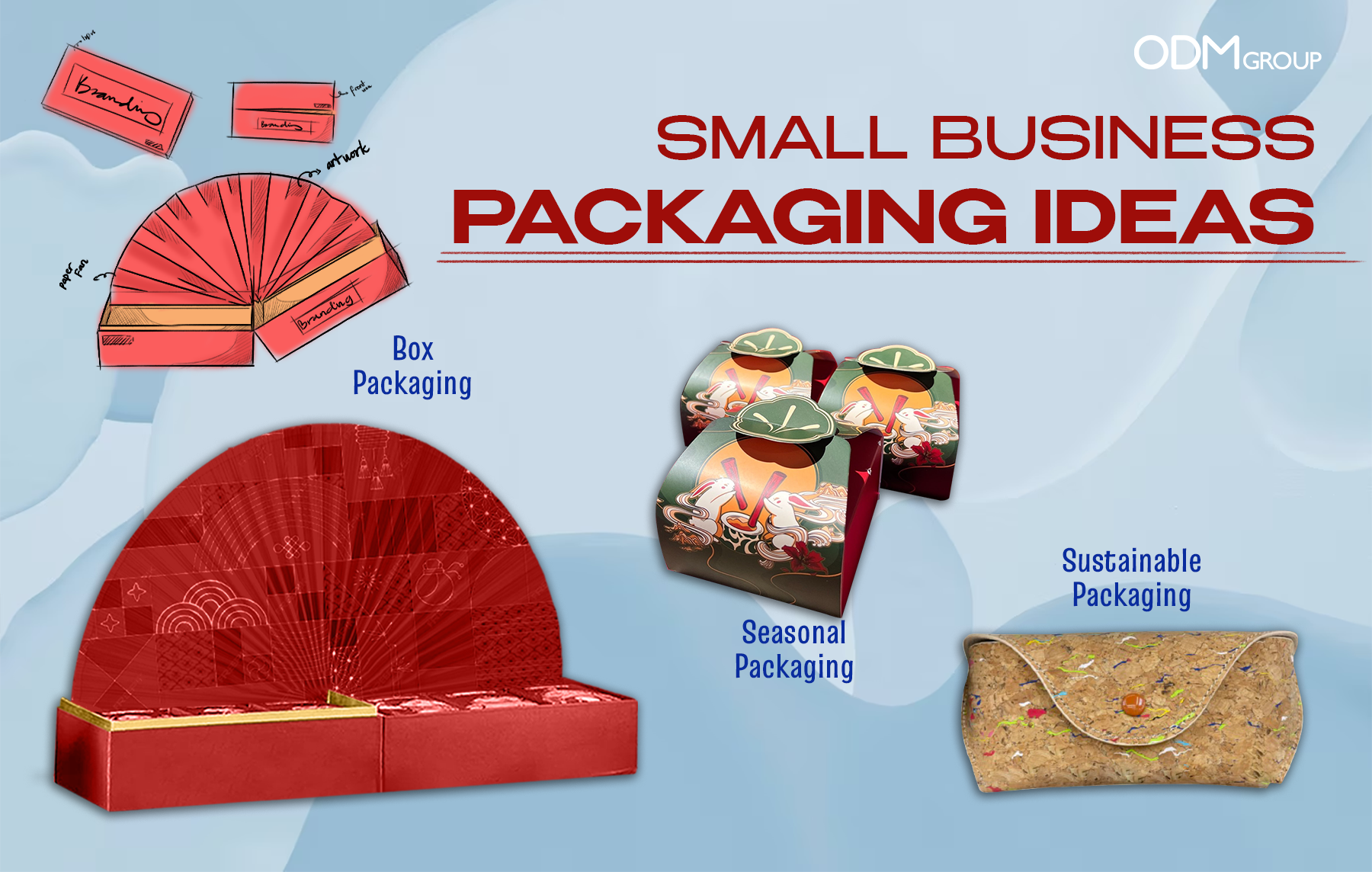
15 Packaging Ideas for Small Businessess
Different packaging ideas fit different types of businesses. However, if you are a new company looking for creative yet affordable packaging for your products, here are some ideas to consider:
Eco-friendly or circular packaging refers to the mindful use of materials with zero to little environmental impact. It eliminates single-use plastics by making each container reusable, biodegradable, or compostable.
Using recycled materials and biodegradable options appeals to environmentally conscious consumers and demonstrates your brand’s commitment to sustainability. This proves that you don’t have to be considered a big name in the industry to create an impact on society. No matter how small your business is, show your market that you support sustainable initiatives.
Examples of Eco-friendly Packaging
Don’t underestimate the power of presentation! Personalized bags and boxes can add a special touch even if your product is secure in a plain mailer. Branding your packaging, whether with your logo, slogan, or company name, instantly makes it stand out from ordinary to memorable.
Alternatively, if you don’t wish to use kraft paper, or plastics, beautiful fabrics that can be in a modern or vintage style are a good choice. Wrapping your products with a stylish velvety fabric gives them a unique, delicate look that is perfect for items ranging from clothing to handcrafted products.
Examples of Fabric Packaging
DIY or homemade packaging is a perfect option for businesses looking to add a personal touch to their products while keeping costs low. By making your own packaging, you have the freedom to design something unique that truly reflects your brand and the nature of your product.
Additionally, DIY packaging allows for greater customization and personalization, which can help you stand out from competitors and create a memorable customer experience. It is a great way to add value to your product and create a strong brand identity without breaking the bank.
When it comes to ensuring the safe delivery of your products, protective packaging plays a vital role in safeguarding them during transit. Some of the most common types of protective packaging are bubble wrap, foam, air people, and paper fill packaging. But when designed right, this protective packaging can also serve as the main packaging of the products.
Examples of Protective Packaging
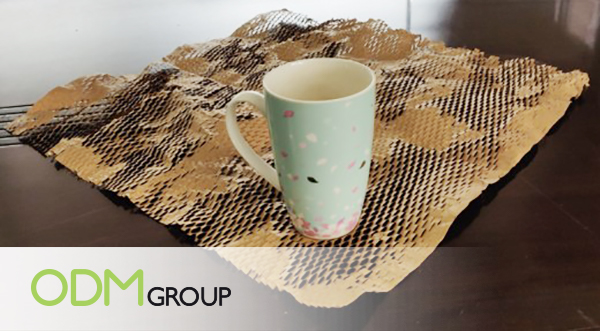
Sustainable packaging is a critical issue for small businesses. It’s not just about being environmentally friendly — it also affects the bottom line. By investing in eco-friendly practices, small businesses can lower their carbon footprint, save money, and attract eco-conscious consumers.
Sustainable product packaging isn’t just about using less material or recycling resources. It’s also about choosing suitable materials, such as cardboard, glass, metal, and paper, instead of single-use plastic.
Examples of Sustainable Packaging Ideas
Minimalist packaging can reinforce your brand image through its simplicity and clarity, which enhance the product’s appeal and visibility. Transparency, on the other hand, can further strengthen the brand image by showcasing the product’s authenticity, which favors consumers who prefer brand honesty and sustainability.
People are becoming more practical nowadays. They look for products that provide more uses, and the same goes for packaging. Functionality has also become an important factor for packaging designs.
For instance, small businesses can go for reusable pouches and containers. Likewise, convertible packaging is also rising in popularity. Small businesses can explore designs that will serve secondary functions.
Examples of Functional Packaging
QR codes on product packaging are more than just design. Adding QR codes to products enhances the overall customer experience by providing value-added information to consumers.
Generating Quick Response (QR) codes for product packaging helps businesses be flexible and technology-based. Because of this, product QR codes catch up with the world’s pace quickly.
Examples of Packaging Integrated with QR Codes
Handcrafted packaging provides authenticity and individuality to a business. Small businesses may consider this type of packaging as a way of making a unique and creative appeal to their target market. Whether hand-rolled edges, wax seals, or letterpress printing, these meticulous details add depth and character to their packaging.
Adding a story into product packaging builds an emotional connection between the brand and customers. It provides a narrative experience that captivates and delights the audience. Likewise, it helps them understand the brand’s rich origin, product inspiration, and values.
Examples of Packaging Added with Story
Heritage-inspired packaging is a powerful medium for celebrating traditions, honoring culture, and promoting inclusivity. By incorporating cultural motifs and local materials and integrating history, small businesses can provide exceptional experiences to their target market.
Seasonal packaging presents many opportunities for brands to capitalize on busy times in the retail calendar. With dozens of holidays around the calendar year, small businesses must consider seasonal packaging to boost sales and beat the competition.
When you use seasonal packaging, you help your customers have anticipation for the products you are selling. At the same time, you add a surprise element to your boxes that improves the continuous engagement of your customers.
Examples of Seasonal Packaging
Interactive packaging offers small businesses a creative outlet for engaging customers, differentiating their brand, and creating memorable moments beyond the product itself.
For instance, integrating games, puzzles, pop-up elements, and other engaging ideas provides an opportunity to connect with your audience.
Custom packaging can help your company build loyalty over time and earn repeat business by making a solid first impression and giving repeat customers something to look forward to.
You know this is true if you think about your favorite ecommerce brands, the excitement you feel when you see the instantly recognizable packaging in your mailbox or on your doorstep, and the pleasure you experience opening a beautifully-presented product.
Example of Custom Boxes Packaging
Quick Guide for Choosing Packaging for Small Businesses
You deserve packaging that’s as powerful as your products. From sending out online orders to bagging in-store purchases, custom packaging for small businesses can wow customers, boost your brand image and lead to repeat sales.
That said, here are our top 5 tips on choosing the best packaging ideas for your small business.
Flashy packaging might seem tempting, but it can be a financial trap for small businesses. Often, the cost outweighs the return on investment (ROI). The key to winning with packaging isn’t throwing money at fancy designs. It’s about finding the perfect balance between smart design and minimal cost.
Here’s the secret weapon: focus on using only the essential elements at every packaging stage. This keeps costs down while still delivering an impactful presentation for your product.
Your packaging should always be functional; otherwise, it will be pointless. A visually appealing box must also contain all the information needed to impress your customers while protecting the product.
The packaging is relevant if it stands out, triggers emotional engagement, passes the five-year-old test, creates visual equities, and is simple.
Your packaging designs should not be a matter of taste and preference. To communicate your brand’s logo or image to consumers, you must also understand that packaging is not about you.
It is a mix between what you want to say and what your customers need at the time. If your customers can relate to what you create, they will be more likely to like the product packaging.
Most brands nowadays prioritize eco-friendly materials, and there is a huge reason for this. They are trying to limit their carbon footprint while providing for eco-conscious consumers.
Thus, if you want to create a positive impression on your audience, while preserving the environment and attracting more leads, opt for materials that are safe and sustainable in the long run.
Packaging is a silent billboard for your brand. Creative design choices can communicate your brand values and personality.
Likewise, it can tell a story, evoke a feeling, or even create a sense of surprise and delight. This emotional connection can lead to stronger brand loyalty and repeat purchases.
Wrapping It All Together
Your product packaging can either build or break your business. Therefore, investing in them is crucial. With a lot of options in the market today, you need to determine your product and customers’ needs to come up with the right packaging.
Should you need any help in choosing the perfect one for your product and producing them right away, the ODM team is here to assist you! We have a team of designers and merchandiser to provide your packaging needs.
Packaging Ideas FAQs
All you need to know about packaging ideas for small businesses!
What are the different types of packaging materials?
Paper, corrugated boxes, leather, plastic, bamboo, cork, kraft, and glasses are some of the most common materials used for creating product packaging.
How does packaging affect marketing?
Packaging reflects brand values and builds recognition. If it fails to serve its purpose, your brand are more likely to be affected as well.
What are the things to consider when choosing a packaging?
When choosing a packaging, consider your product, its size, your audience, your budget, materials, and purpose.
